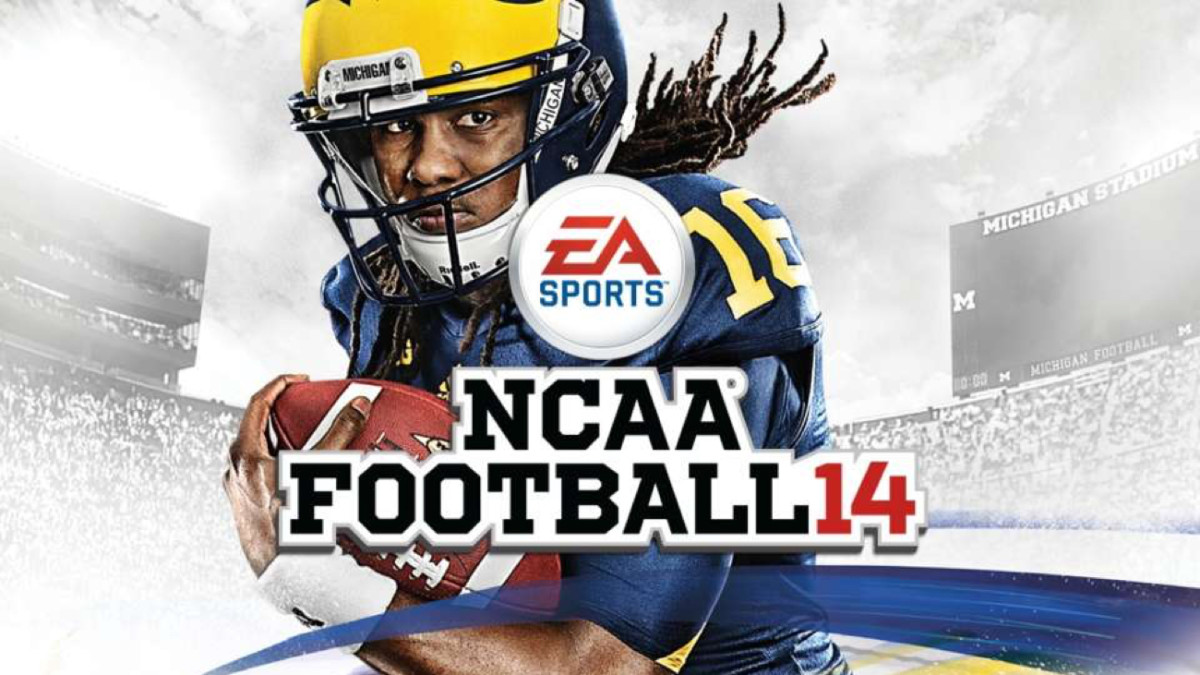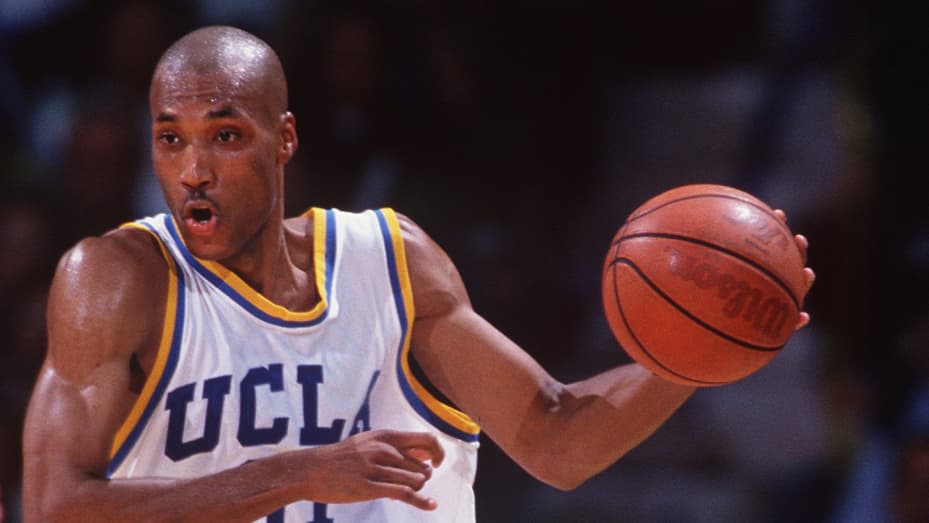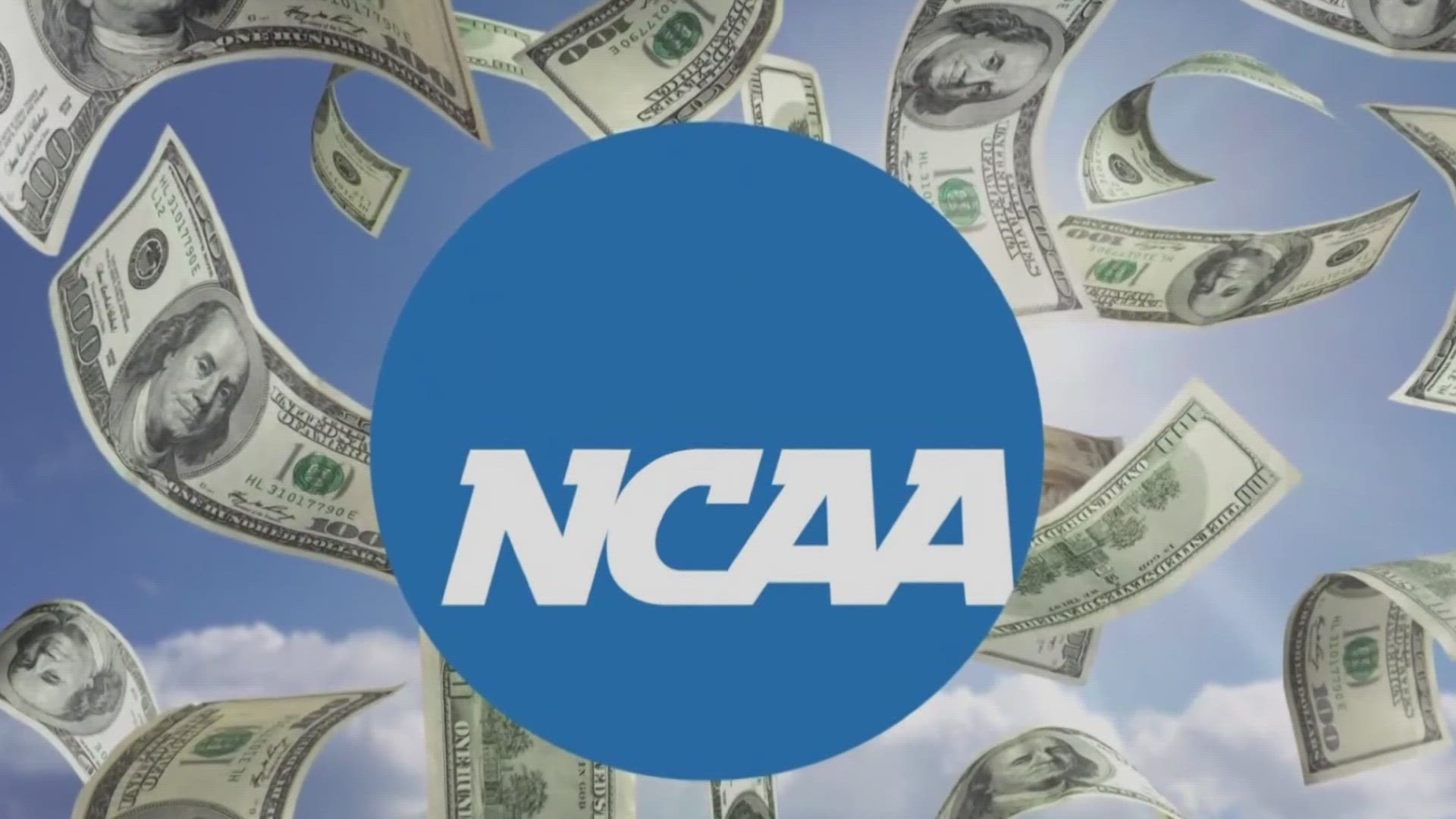
EA Sports College Football 25 Has Arrived
By CJ Carlson
Some thought this day might never come, but EA Sports is officially bringing back their College Football video game series. The last NCAA Football was released in 2013-2014 and left fans devastated when the news broke that it wouldn’t be continuing. The announcement of a new title has everybody unbelievably excited about how great it might be. So, let’s get right into everything you need to know about it before it releases.
History
When the video game was first released back in 1993, it was titled Bill Walsh College Football. They featured a total of 24 college football teams from that season and 24 more from an all-time list. The thing with this game was that there weren’t any actual player names utilized at the time, nor were logos used either. Fans who bought the game and played it noticed that they could only figure out which players were who based on the jersey number, and the teams based on the city. This game got a second version called Bill Walsh College Football ’95, but that would be the final of those games before they turned the series in a different direction.
In 1996, the game was renamed College Football USA 96. This game was a massive development, as it featured 108 different Division I teams, which accounted for everybody at the time. They also used bowl games and improved their playbooks to include over 400 total selections. This was a huge step forward in the game’s history, and that is exactly why it was greenlit again the following year. The next game was College Football USA 97, because of the success of the first one. This edition even had a college football quarterback on the cover of it, with Tommie Frazier gracing it. Frazier was the former quarterback of the University of Nebraska.

Weirdly enough, the game changed names for a third time after this. Starting in 1998, we got NCAA Football. The name for this first game was NCAA Football 98, and each year the number went up to match the year. People seemed to love the new name and it became the long-time name of the franchise. As the series continued to develop, they pushed the boundaries further and further. 3D polygon-rendered player models started to get utilized around NCAA Football 99, they continued adding every additional team that was added to the mix, new modes were added such as create a player and create a school, and eventually, they began adding fight songs and cheerleaders to the mix. All in all, NCAA Football grew every single year that it was out there, and clearly, the developers didn’t want to budge from this name.
To wrap their history up, the game was first introduced in the year 1993 before continuing through the years and getting discontinued in the year 2014. There was pretty much a new game released on a yearly basis throughout this stretch also, with just a two-year gap coming in between the first two/three titles.
Popularity
The popularity of this franchise really grew over time. When the series first started behind Bill Walsh, the overall reception was that the game was leaps and bounds above any other sports product out there at the time. Computer Gaming World is quoted saying that it, “provides the best sports action yet to be seen in a cartridge product”. When the game inevitably switched to College Football USA, the reception was once again outstanding. GamePro is quoted as saying it’s, “the most authentic and in-depth Genesis college football cart yet”. The majority of the reviews didn’t take long to mention how unbelievable the AI that the game boasted, and each year that they released a new product, everything about it further improved.

By the time NCAA Football came around, the game was already a hit. When fans started to realize that they were going to release a new title on a yearly basis, the sales rose continuously. In the final NCAA Football game, they were able to sell over one million copies on both the PS3 and the Xbox 360.
When the game stopped being produced, many people quickly began to realize what they were missing. There was a large part of the audience that grew up playing the NCAA games, and spending so much time without them was devastating. There have been bigger and better players in the sport of college football entirely as well, which only made hardcore fans that much more upset that it wasn’t going on any longer. It was so popular during its runtime, that for years and years after the games stopped being released, players were still making mods to play with updated rosters and new game modes. There aren’t many games that have players still making mods that long after its release.
What Happened To The Series?
The majority of the controversy surrounding NCAA Football came via lawsuit. A UCLA star basketball player by the name of Ed O’Bannon attempted to sue the NCAA, EA Sports, and the Collegiate Licensing Company over issues regarding their use of name, image, and likeness. Sounds familiar, doesn’t it? Now, O’Bannon wasn’t directly attacking NCAA Football, but he was going after NCAA Basketball, which was also produced by EA. So, the lawsuit affected anything that EA Sports wanted to do, and it didn’t matter that he was a basketball player. O’Bannon was frustrated that the games weren’t compensating him and other players despite them using their numbers, appearances, and skillsets.

As the trial went on, it started to become clear that EA was using players’ images and likenesses wrongfully. Fast forward to the end of the lawsuit, and EA Sports had to reach a settlement with O’Bannon for $40 million. That money didn’t just go to O’Bannon either, as there were several checks sent out to other players who appeared in these college football and college basketball video games.
Surprisingly, that wasn’t the end of it. EA Sports paid everything out and openly stated that they’d be more than happy to pay players to keep their series alive and running. While that should indicate that the game would keep trucking forward, the NCAA itself put a stop to it. They were still holding on strong to the idea that players shouldn’t be profiting while in school, limiting the options for EA Sports to continue making these types of games without getting the players in trouble with the NCAA, or by not paying them. After some deliberation on the matter, EA Sports decided that there simply wasn’t anything they could do in order to continue the series, so they shut it down.
Why Did They Bring It Back?
Probably the largest reason for the EA Sports college football series’ return is the use of NIL. We’ll dive a bit deeper into the NIL side of things in a moment, but for now, a quick definition is that it allows college players to be paid for the use of their brand, image, and likeness. When the NCAA finally allowed this, EA Sports quickly got to work trying to reignite the flame and continue from where they left off. NIL deals allow EA Sports to pay the players to use their full names, appearances, and abilities, all the while not getting them in trouble with the committee for taking money.

EA Sports needed to get the actual players on board for this project though. When they first opened the doors to any player who wanted to opt in, there wasn’t much return. They were offering $600 and a copy of the game to get into it, and once a couple of players jumped on, nobody could stop the rest of the movement. Even some players who were incredibly adamant about not opting into the game have changed their minds and joined anyway. It seems like the overall majority of the 134 FBS team rosters are on board with the project.
But besides NIL deals, this game series is coming back for a few other reasons that might be considered obvious. The first is that the Madden series has been losing love consistently lately. Given that it’s the only football game on the market, players have gotten bored with the same thing every single year. Back in the day, NCAA Football could rival Madden, and it would force developers of each game to compete against one another to keep innovating. With there being only one main source after NCAA Football went down, Madden grew lazy and unmotivated. NCAA Football coming back provides a spark and will instantly be a hit for the fans who have waited around a decade to hear this big news.
The final reason is that the developers of NCAA Football weren’t happy with how their series went out. Multiple developers have spoken out recently about how they were always waiting for the college football series to make a return, and how they never stopped believing it would happen. It seems most of the developers who worked on it previously had been wanting to get back into it. Now, they get the chance to do exactly that.
How NIL Has Changed Everything

To get further into NIL deals, NIL stands for name, image, and likeness. With NIL legislation being created, the NCAA permits players to take sponsorships, endorsements, etc., to create and MONETIZE a personal brand. Throughout college sports, if a player were to take money in any way while in college, they would be deemed ineligible to suit up on game day. That isn’t the case any longer. The top-tier college athletes will benefit from their popularity and make some serious money because of it.
These types of deals have now created other groups being created for specific schools when it comes to recruitment. Some schools have separate recruitment groups that inform players about how much money they can make if they join, and they don’t straight-up offer money. It’s basically like an estimate of opportunities and how they can grow their brand. Some of these groups have needed to dial it back, but overall, this is just an example of where college sports are going in the future.
Truly, the only difference this makes in college sports is how the players react to making that much money at a young age. Will some of them blow the money early? Possibly. Will some players get paid so much that they believe they’re above other teammates and coaches? Absolutely. Can it create jealousy between teammates and force certain athletes to focus on stats rather than wins so that they can rack in more NIL deals? Another yes. Those are a few problems listed, but overall, this is a good thing for college sports. It’s been a long time coming now. The simple fact that EA Sports is bringing back the College Football series is proof that NIL deals have done more good than harm so far.

